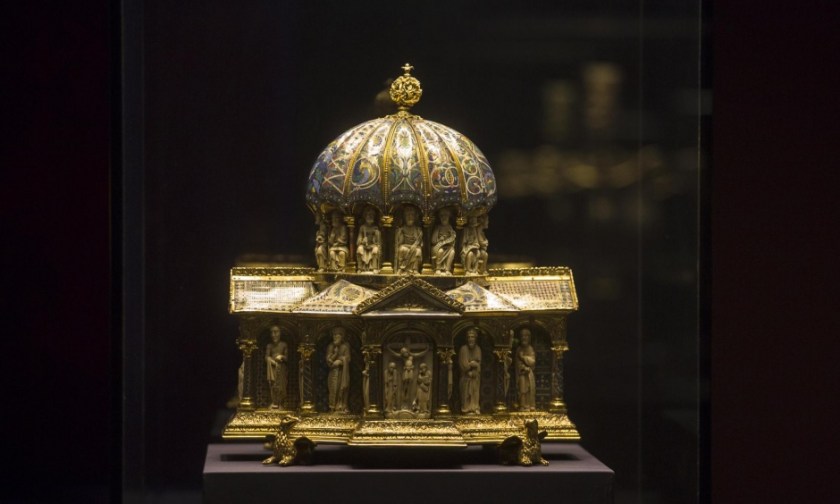
“Any transaction in 1935, where the sellers on the one side were Jews and the buyer on the other side was the Nazi state itself is by definition a void transaction”.
So argues Nicholas O’Donnell, an attorney representing descendants of the Jewish art dealers who sold a collection of medieval artworks known as the “Guelph” or “Welfenschatz” Treasure, allegedly under duress and threat of persecution. The complaint for the two heirs was filed in U.S. District Court in Washington D.C. to recover yesterday afternoon. The objects were part of the treasury of the Braunschweig cathedral and were used to store and display relics. The claimants allege that a group of Jewish art dealers were forced to sell the objects in 1935 to the German state of Prussia.
One unfortuante aspect here is that the German commission charged with resolving the claims of Nazi-era claimants was unable to achieve a satisfactory result for the claimants and the German government. One of the likely issues in this dispute will be one the timelinesss of this suit, whether a court will examine the circumstances surrounding an alleged forced sale nearly 80 years after it took place. The complaint alleges that the objects were sold under persecution for 4.15 million Reichsmarks (RM). If we do some rough back-of-the-envelope calculations, the exchange rate was 2.45 RM for $1. So that means the objects were sold for just shy of $1.7 million in 1935 dollars, which be nearly $28 million today. Considering the treasure may be worth as much as $226m, the German State seems to have received a pretty good bargain. The legal question will be whether that sale was under duress.
O’Donnell argues in his blog this morning:
Continue reading “Germany sued over Nazi-era Medieval art sale”






